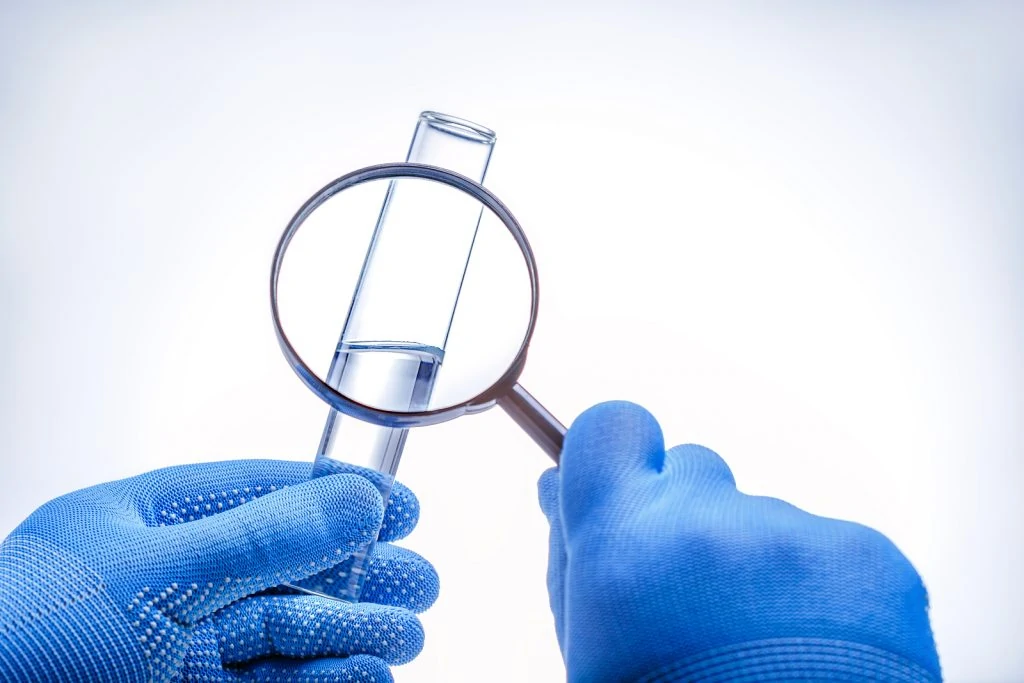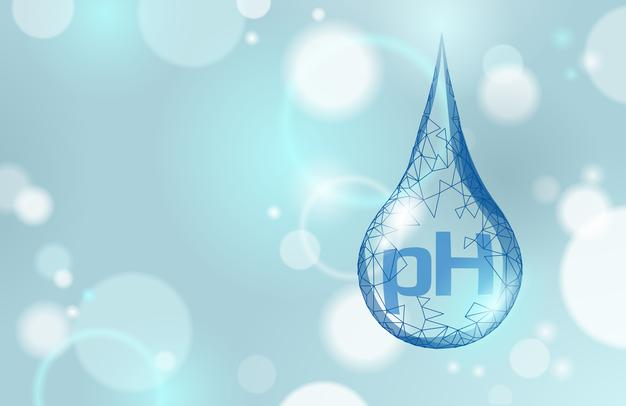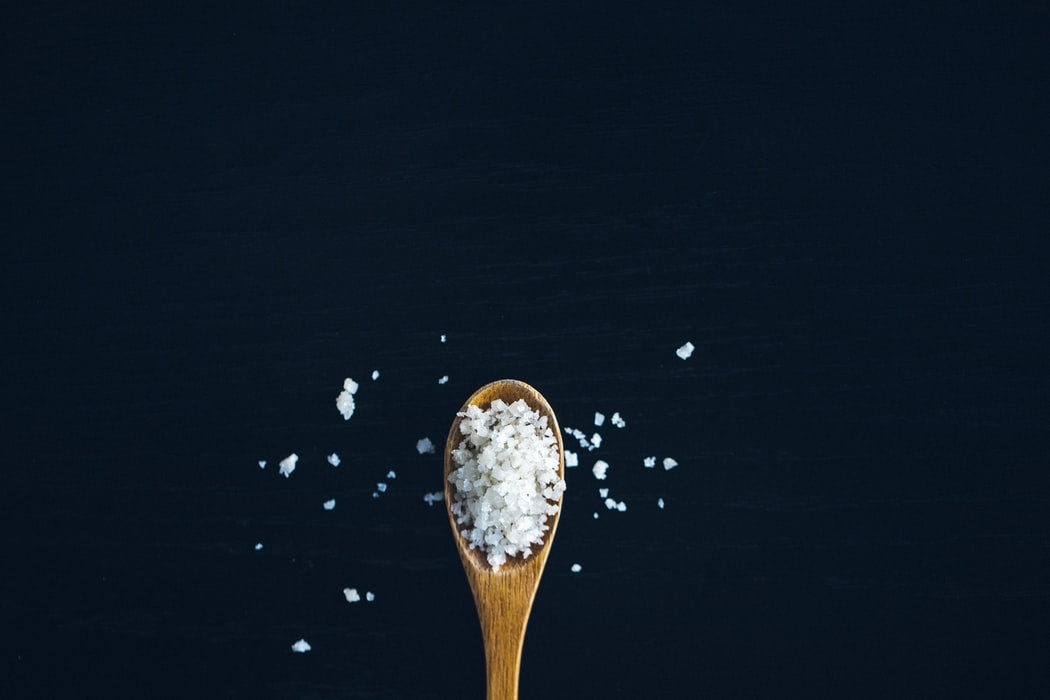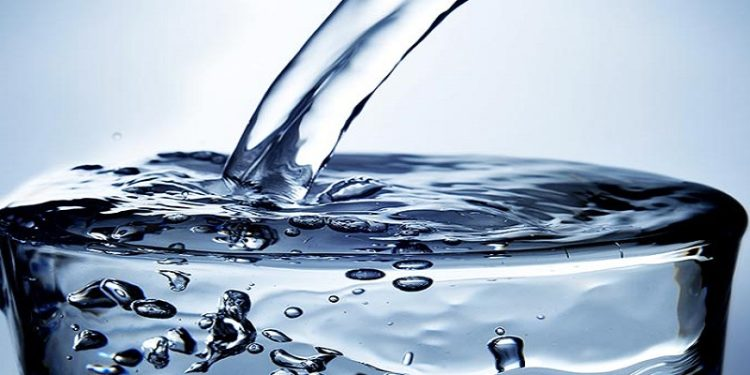How to read your water quality report: Helpful tips and expert advice
Today, many people are turning away from bottled water and turning to tap water and other types of water. If you’ve made the switch, it’s important to know what’s in your tap water.

The Environmental Protection Agency (EPA) requires most community water systems to notify the public when any regulated contaminant is detected and any violation of its regulations occurs. water quality standards. This information is typically included in your annual water quality report.
The water quality report, also known as the consumer confidence report, provides information about the quality of your local drinking water. It essentially states what contaminants, if any, are in your drinking water and how they may affect your health. It also includes a list of all regulated contaminants that have been detected in your water during the previous calendar year.
Although water quality reports are intended to help people make informed decisions about their drinking water, they can be confusing and are filled with complex words and phrases that are often difficult to understand.
In this guide, we’ll help you understand your water quality report, so you won’t get stuck trying to interpret it yourself.
Understanding Your Water Quality Report
Summary of water sources and treatment efforts
In general, every water quality report must contain information such as:
- Sources of drinking water, whether lakes, rivers, wells, aquifers, or some other water source;
- The city tests for which contaminants, their treatment capabilities, and the standards they maintain to ensure a safe and reliable water supply to your home;
- EPA regulations and a list of all regulated contaminants and their levels;
- The potential health effects of any contaminants found at levels that violate EPA health standards and what you can do to prevent water-related illnesses;
- Water system contact details and the EPA Safe Drinking Water Hotline;
- And other important information.
Detailed analysis of detected contaminants
Another important part of the report is also a breakdown of all the contaminants detected in the public water supply at the time of testing. You may also come across some codes and abbreviations that seem technical at first glance. Don’t be intimate! Get familiar with the information so you can better understand what’s in your country.
Here are some key terms you can explore:
- Contaminant name: Name of the substance being tested, such as sodium, fluoride, copper, lead, etc.
- MCLG (Maximum Contaminant Level Target): The lowest level of a specific contaminant allowed in drinking water without a known or expected risk to your health. This is essentially the safety margin for each detected contamination.
- MCL (Maximum Contaminant Level): The highest level of contaminant that the EPA allows in your drinking water.
- MRDL (Maximum Residual Disinfectant Level): The highest level of disinfectant allowed in your tap water. When used in measured quantities, disinfectants can help control germs and bacteria in water.
- Treatment Technique (TT): A required process performed to reduce the level of contaminants in your drinking water.
- Your Water: The maximum level of the contaminant found in your water during sampling.
- Detected range: The high and low levels at which a contaminant is detected in your drinking water.
- Violation: Indicates whether the contaminant in your drinking water exceeds the EPA’s allowable level.
EPA has established MCLs as a protective guideline to protect consumer health. However, many water treatment facilities try to set the MCL within parameters that are very close to the MCLG. If the MCL exceeds the MCLG of the contaminant, it can lead to possible adverse effects. If this occurs, your municipality is obligated to disclose this as a violation in your water report.
What more can I do to make my drinking water safer?
Water treatment facilities aim to make your water safe to drink. However, if you are still in doubt about the quality of your water, you can purchase a water testing kit and test it yourself or have it tested by a professional.
In fact, some dangerous contaminants can still be present in your drinking water when it reaches your home. These contaminants can negatively affect the taste and odor of your drinking water and can be toxic to your health. Not only that. Some contaminants can leave stains and residue in your pipes and fixtures and can damage your equipment over time.
Now, these situations are often very difficult to deal with, especially if you try to apply manual labor. If you want safer and better-tasting water flowing through your pipes, you can install a whole-house water filtration system to stop contaminants before they enter your home.
Water softeners also work to remove high levels of calcium and magnesium that make your water “hard.” Soft water prolongs the life of your appliances, makes your hair and skin softer and healthier, and makes your dishes and laundry look cleaner than ever.
If you need help choosing a specific system or would like to learn more about the different water treatment systems and technologies we offer, please call 0913.90.72.74 – 0984.620.494.
Follow Fanpage: https://www.facebook.com/SongPhungthietbinganhnuoc/ to update new products
See more: Effects of fertilizer runoff on drinking water quality
Translator: Duong Nguyen Hoang Khang













